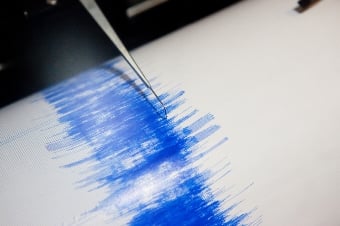

There are no forecasts showing that a large earthquake will occur in the Waikato region anytime soon, but there is evidence suggesting such an event would have a significant impact on the region, says one expert.
University of Waikato lecturer Dr Seokho Jeong has been recording earthquakes with a seismometer installed at the Hamilton campus. Using data gathered from the 6.2 magnitude earthquake that hit near Taumarunui on October 30, Jeong detailed the “basin effect,” a phenomenon that happens when ground motions are amplified on the soft ground and when the duration of shaking is longer than usual. The prime example of such an effect is the 1985 Mexico City earthquake and the 2010-2011 Canterbury earthquakes in New Zealand.
“Despite its relatively low regional seismicity, the impact of a future large earthquake in the Waikato region would be high,” Jeong noted. “The geology of Waikato Basin is characterised by soft, challenging soils.
“But the quantitative knowledge on the dynamic characteristics of Waikato soils is lacking and the region is heavily under-instrumented compared with other regions in New Zealand.”
The lecturer also noted that before the deadly earthquakes in the Canterbury region, the seismic hazard was considered “low,” but New Zealand still suffered tremendous damage.
“We do have evidence suggesting that a moderately large earthquake will have a high impact in this region, which stresses the need for the improved prediction capability of seismic hazards and the associated risk in the Waikato region,” he added.
